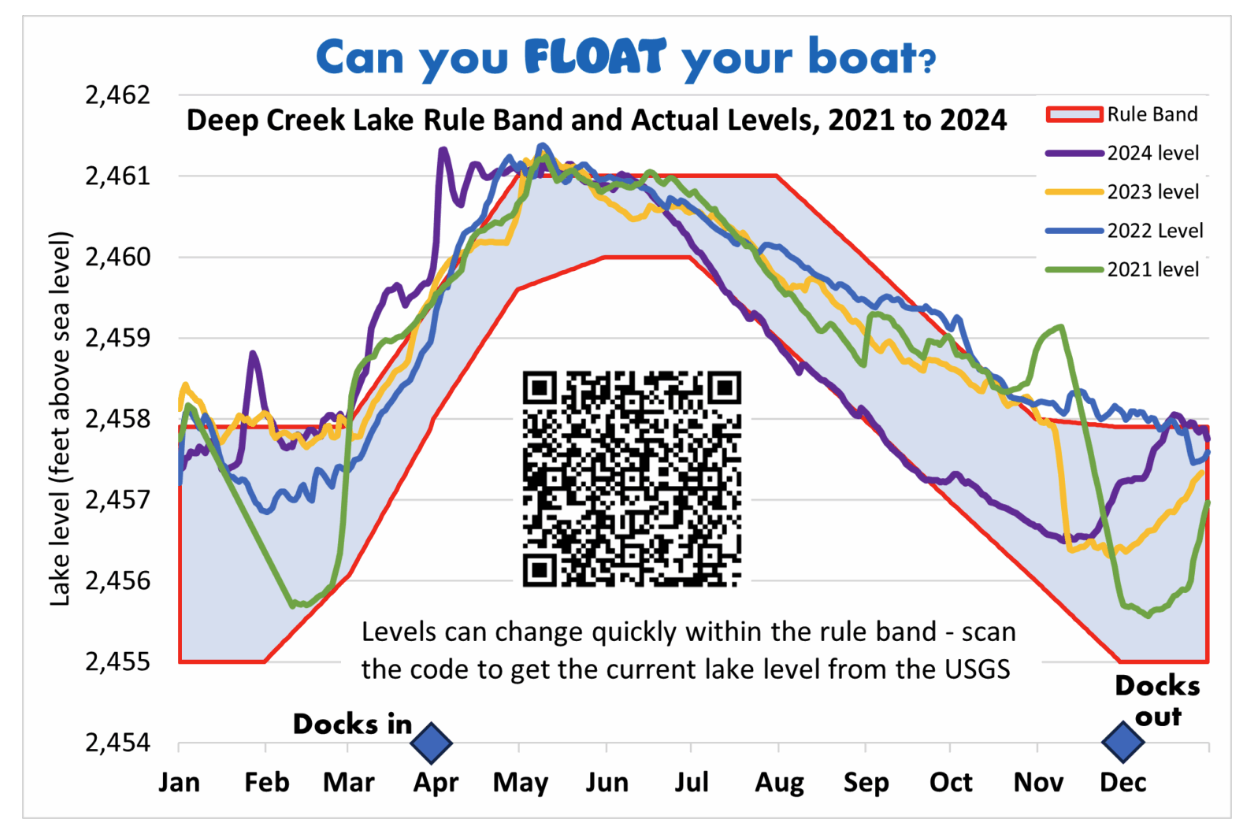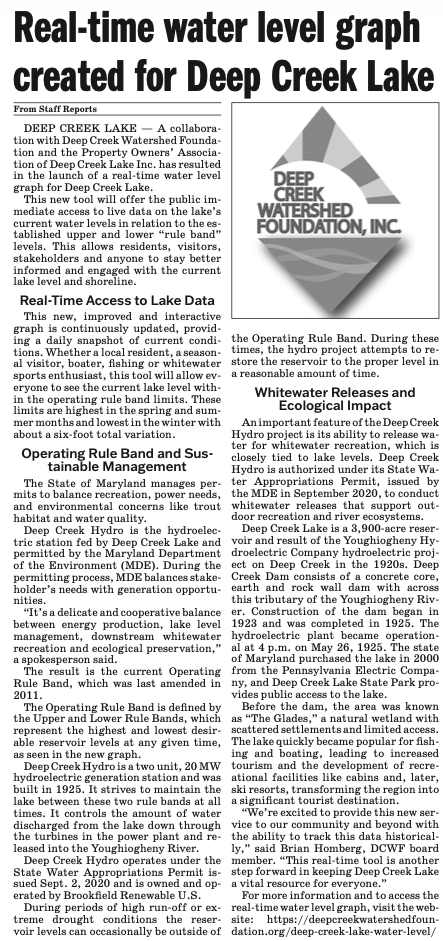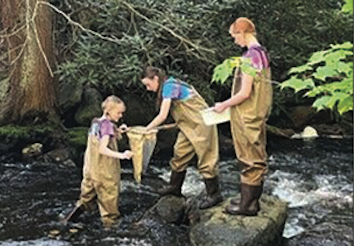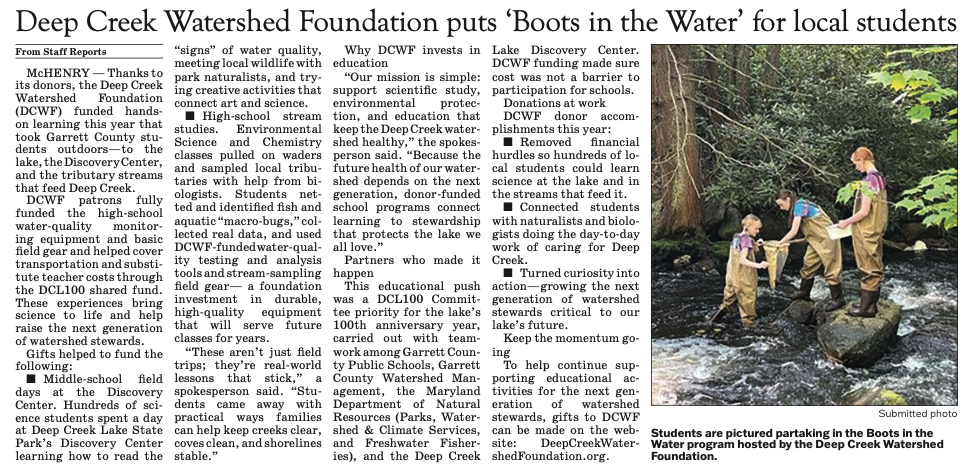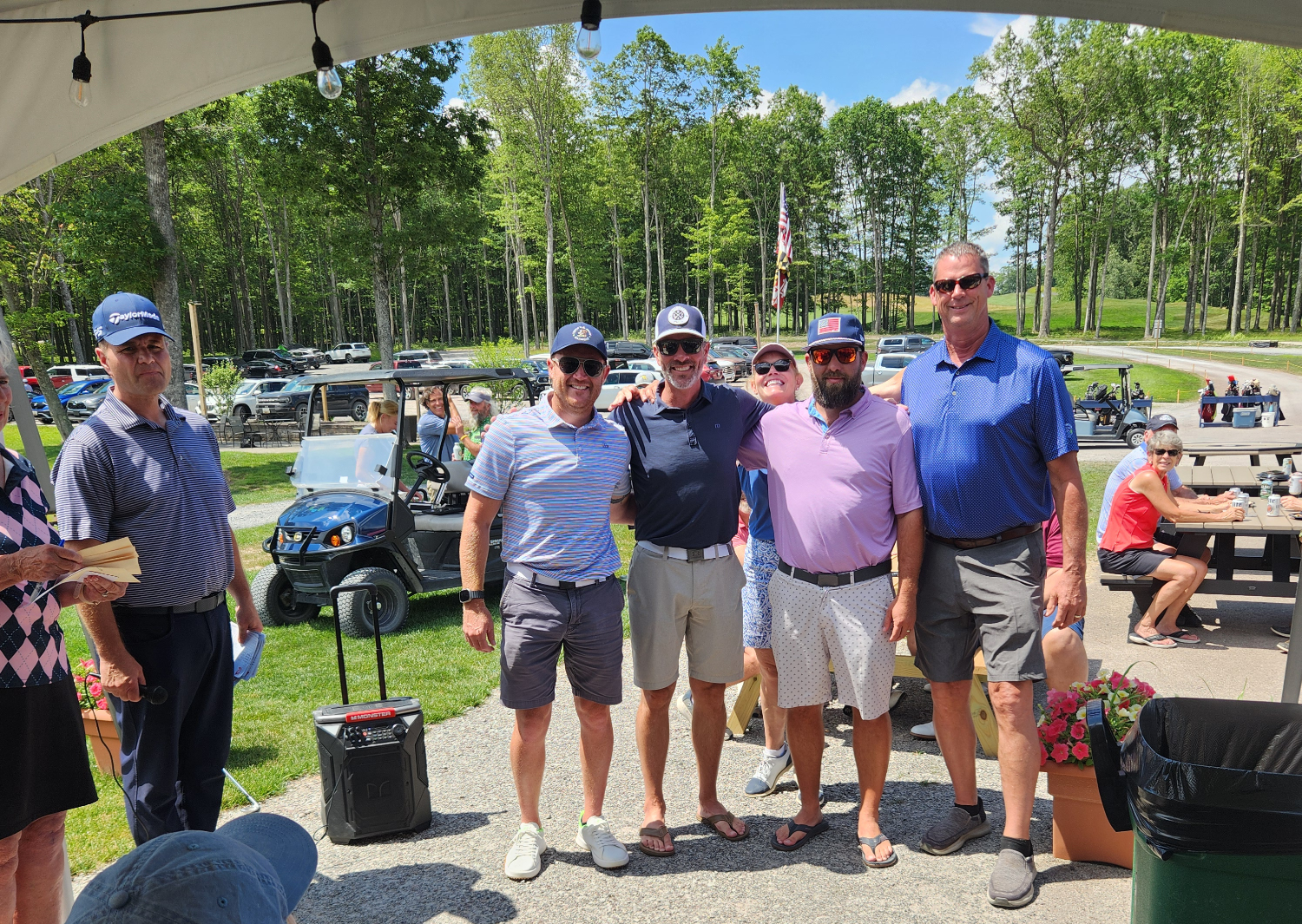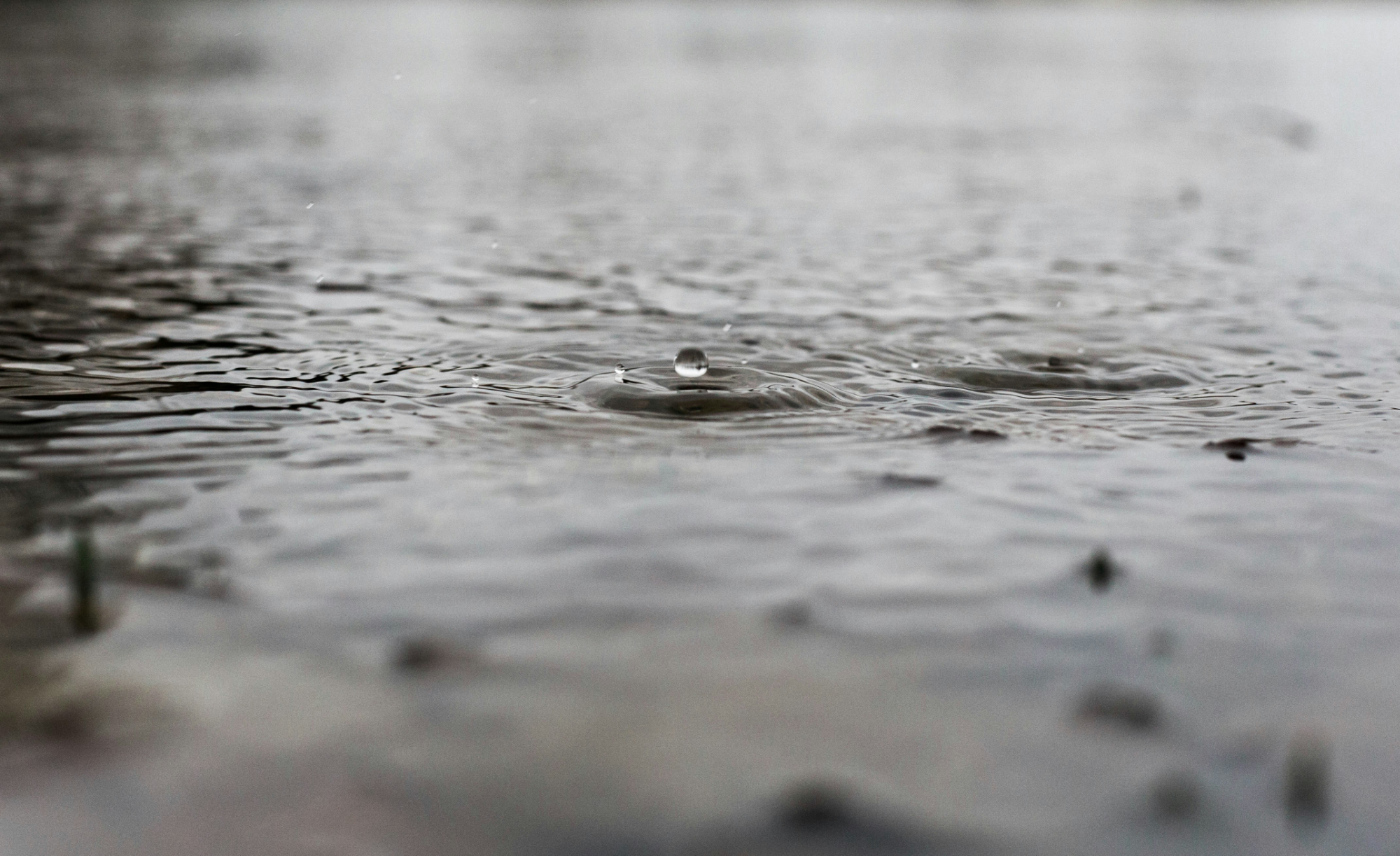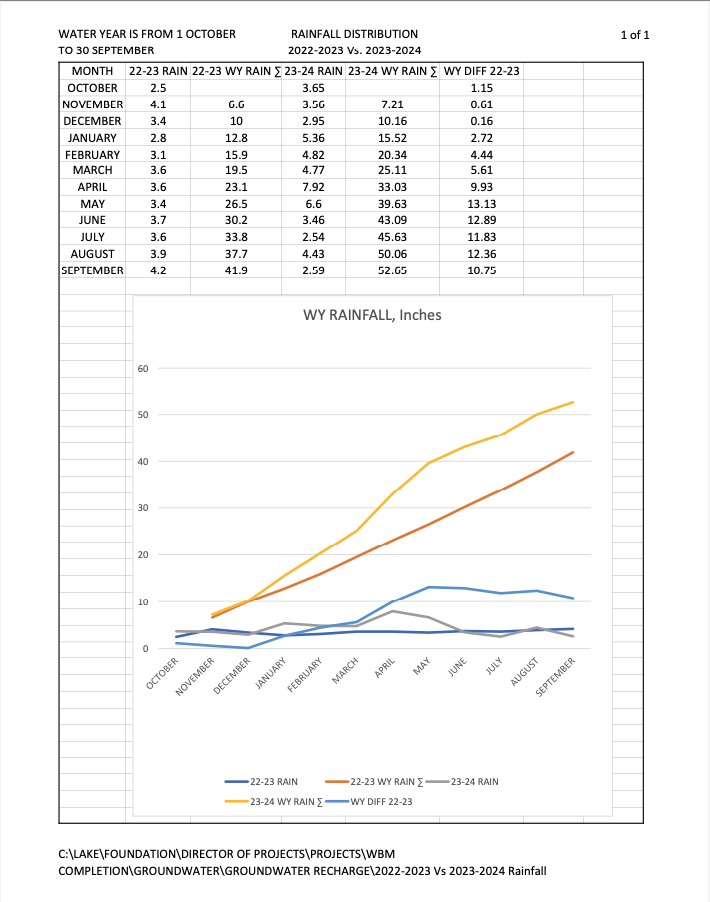Author: DCWF
DCWF Receives Grant from the Community Trust Foundation
The Deep Creek Watershed Foundation received a grant from the Community Trust Foundation to help fund a free rain barrel distribution event in Garrett County. Through the generosity of community donors to the Foundation there are going to be one hundred free 50-gallon rain barrels given to participants. The only stipulation is that you attend a free class through University of Maryland Extension to learn more about maintaining and using the barrel. Classes are planned for late June.
A rain barrel is a container that is used to capture rainwater to help mitigate stormwater. The water can then be used for non-potable tasks such as washing vehicles or watering ornamental gardens/lawns. The goal is to slow down the water and let it soak into the ground after the rain event. If you are interested in earning a free rain barrel, please contact Ashley (email abachtel@umd.edu or call 301-334-6960) with University of Maryland Extension.
For more information on the benefits and approach for rain barrels, please click here to access our Rain Barrel Fact Sheet.
Newly Appointed Secretary of DNR Visits Deep Creek Lake
DEEP CREEK LAKE — Newly appointed Secretary of the Department of Natural Resources (DNR), Josh Kurtz, visited Deep Creek Lake on July 26.
This visit included a boat tour of the lake and a buffet at Ace’s Run hosted jointly by the Deep Creek Lake Property Owners Association (POA) and the Deep Creek Watershed Foundation (DCWF).
The agenda of the visit included discussions of projects, plans, and current needs in the area. The success and benefits of past projects, the importance of the wellbeing of the lake and the importance of the relationship between the POA, DCWF, and the DNR were also discussed.
In attendance were State Senator Mike McKay, Garrett County Commissioners Paul Edwards, Ryan Savage, and Larry Tichnell, POA President Bob Sutton, DCWF President Bob Hoffmann, as well as lake and park managers and other POA and DCWF members.
Some of the topics discussed at lunch included the need for more manpower for lake management, park management, and NRP, future funding for the lake, and the successful relationship between DCWF, POA, and the DNR.
“It was a wonderful trip”, says Secretary Kurtz, “I think one thing that stood out to me was how well everybody in this room works together, and I think that’s a testament to the success you see on the lake, and the opportunities for us to continue to do more…I mean the number of people that are investing their money to make the lake better really stood out.”
Senator Mike McKay compared the relationship between the organizations to a three-legged stool.
“As much as we appreciate all the beauty here, it has to be properly managed…if one leg is longer than the others, we’ll fall off the stool so it’s a proper balance,” said McKay.
DCL POA President Bob Sutton said, “We all appreciated Mr. Kurtz taking a day to visit the lake and are looking forward to working with him and his staff in the future!”



